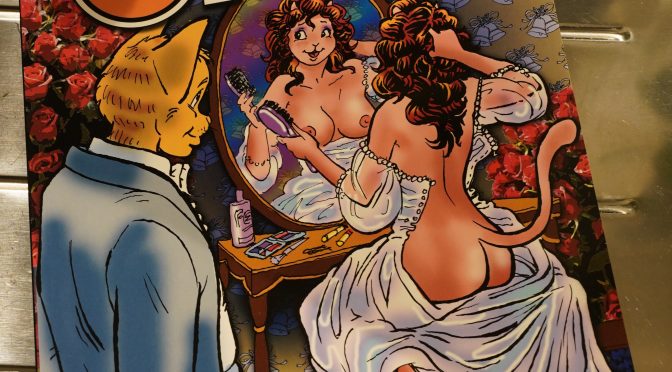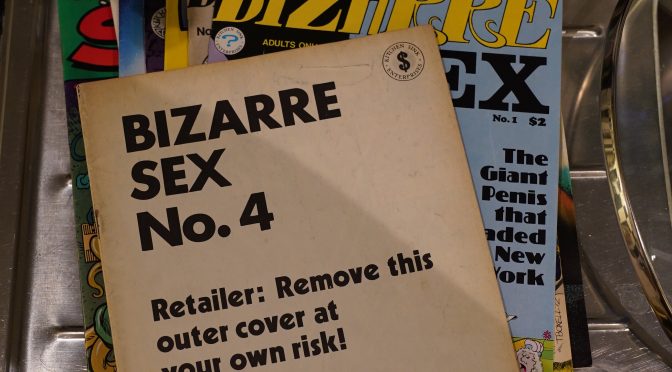After the fairly incompetent mystery I read last, I wanted something more reliable, and Barnard is usually reliable.
But this isn’t quite satisfactory. Barnard is quite varied in scenery and plot, but this is pretty unusual even for him. It’s like his agent told him to write a mystery set in royal circles, and he reluctantly agreed. So he spends quite a bit of the book bemoaning how little interest he has in royals, and this seems to affect the plot as well: It’s one of those books where it’s not even clear whether there’s been a crime… and then the resolution comes out of left field with twenty pages to go.
So even if this is a short novel, Barnard has to pad it with blather about Society These Days, and it all leads to a book that feels like it’s caught in a complete stasis — as if Barnard, usually a master plotter, didn’t really know where to go with it all.
But Barnard has the amusing patter down as always, so it’s not that bad, really.
Death and the Princess (1982) by Robert Barnard (buy used, 3.46 on Goodreads)







































